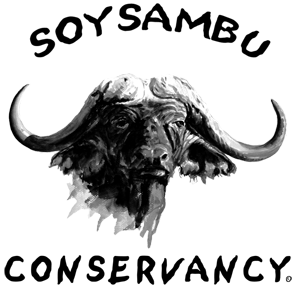
1000 zebra moving from Soysambu to Amboseli
This is a very dramatic site. Kenya Wildlife Service are moving Soysambu Conservancy’s zebra to help replenish the prey population in Amboseli which were devastated by the drought . One thousand Burchells Zebra are expected to be moved over the next few weeks. On our last wildlife census in September 2009 the number of zebra numbered 3274. We will keep you posted.
















